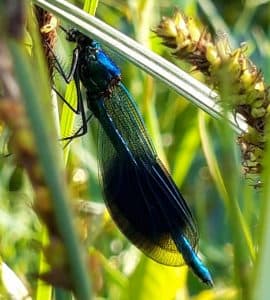
Our research teams are working on designing and evaluating agricultural practices which preserve – or even increase – cultivated and non-cultivated biodiversity in agroecosystems, in effect maximizing the services provided by this biodiversity (production, pollination, pest control, water-quality preservation…)
Our research largely focuses on adapting agroecological practices, already implemented by farmers or newly put into practice, to increase or intensify the services provided. Thanks to experiments conducted on farmland, we evaluate the impact of these practices on pests and crop diseases as well as on useful biodiversity (pollinators and natural predators of crop pests).
Additionally, our research looks into biodiversity management applied to agricultural landscapes. We are trying to understand and evaluate the influence of existing semi-natural elements – non-cultivated vegetation – on the useful biodiversity in terms of abundance, diversity and even community structure. We study their importance and the part they play in biodiversity conservation in agricultural landscapes generally speaking, and more specifically for conservation biocontrol in agroecosystems.
Ongoing projects
- Ecostack: Agronomic practices for in-crop generation of ecosystem services / Intra- and inter-specific crop diversification and biological regulation of cereal aphids, vectors of the Barley yellow dwarf virus
- Pradiv: Agroecological practices applied to maize crops to promote biodiversity (pollinators and natural crop pests predators)
- PERMAGRI: Agricultural areas permeability and Regional Ecological Consistency Scheme in the Rhône-Alpes region
- Farmland Birds: Bird decline in agricultural landscapes and designing agro-environmental measures


